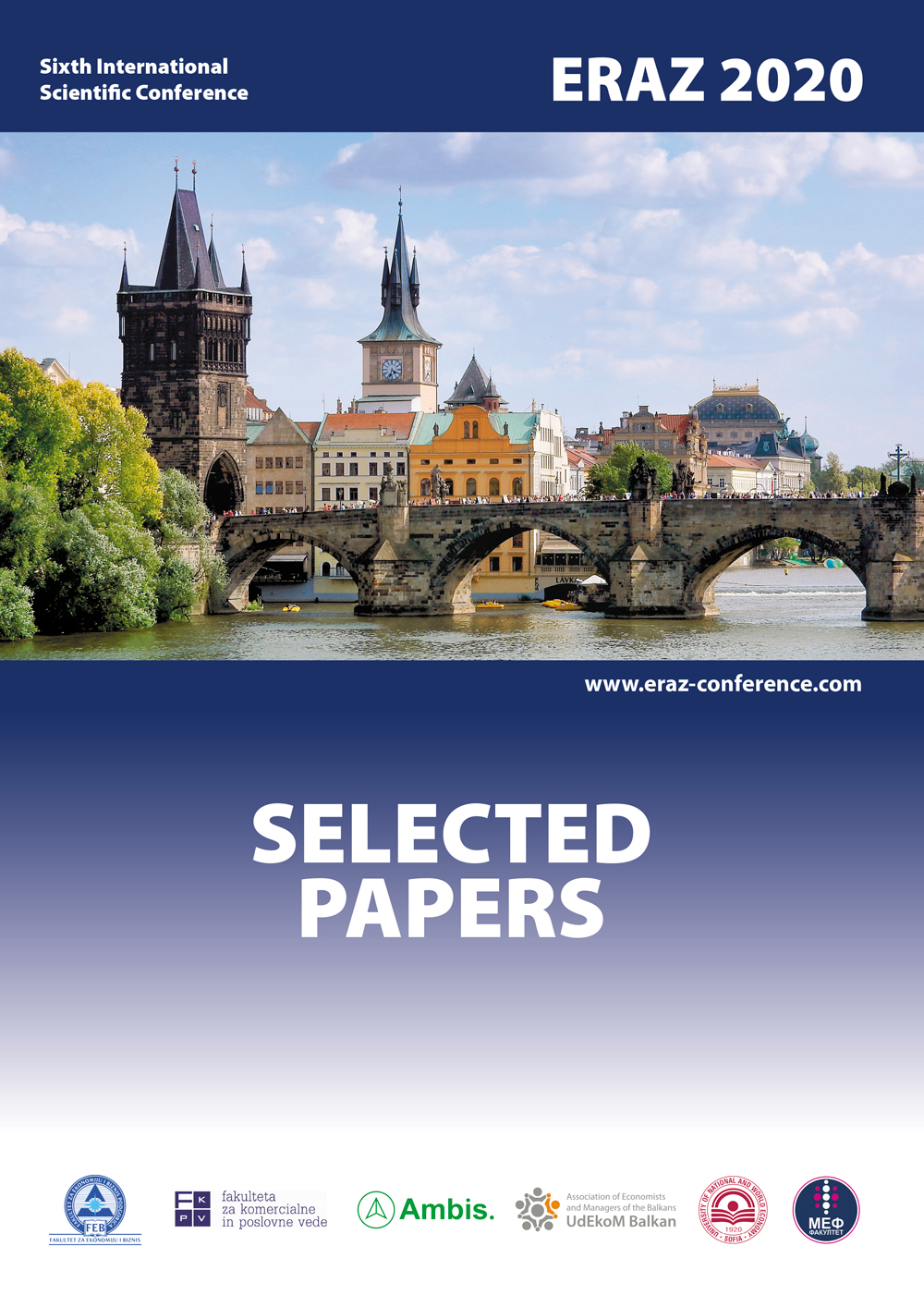THE ECONOMIC VIABILITY OF THE ENERGY PRODUCTION FROM BIOMASS VIA ANAEROBIC DIGESTION
THE ECONOMIC VIABILITY OF THE ENERGY PRODUCTION FROM BIOMASS VIA ANAEROBIC DIGESTION
Author(s): Zuzana Kapustova, Andrea Bohačikova, Jan Lajda
Subject(s): Social Sciences, Economy
Published by: Udruženje ekonomista i menadžera Balkana
Keywords: Biogas; Net present value; Slovakia.
Summary/Abstract: Anaerobic digestion is a microbial process that occurs in the absence of oxygen where a community of microbial species breaks down both complex and simple organic materials, ultimately producing methane and carbon dioxide. Biogas refers to a secondary energy carrier that can be produced out of many different kinds of organic materials and its options for utilization can be equally versatile - biogas can be used to generate electricity, heat and biofuels. It is clear that introduction of the subsidies in 2009 for BGPs initiated usage of the AD technology for generating electric energy. The sharpest increase in number of BGPs was recorded in 2013; however, there was a major downsizing in their installation in 2014 due to change in the subsidy system. The main aim of the paper is to forecast economic viability of biogas plants in Slovakia based on the net present value indicator, estimation of payback period of the technology and assessment of the maximum economic price of input material.
Book: ERAZ 2020 / 6 - Knowledge-Based Sustainable Development – SELECTED PAPERS
- Page Range: 41-51
- Page Count: 12
- Publication Year: 2020
- Language: English
- Content File-PDF

